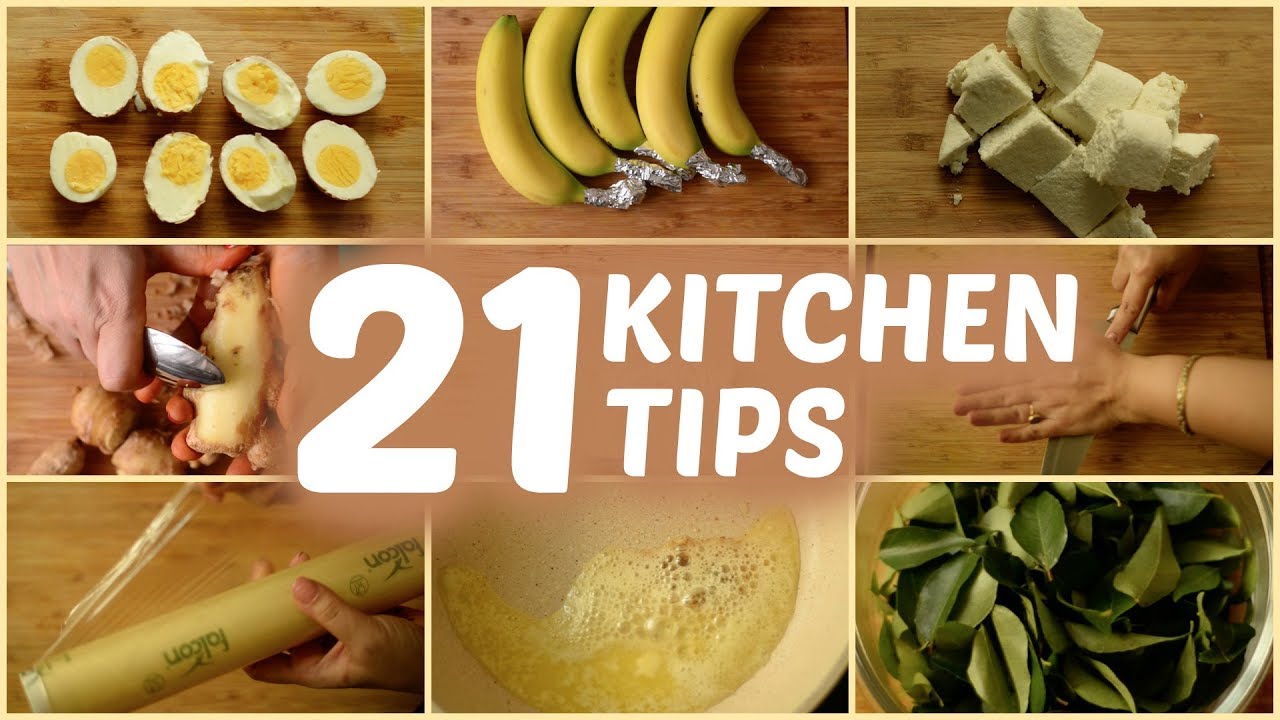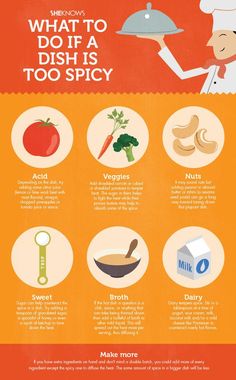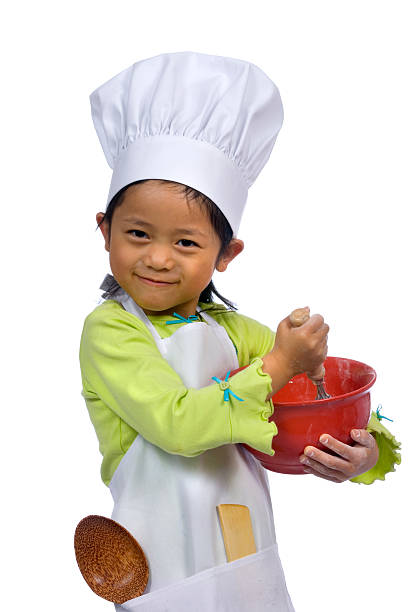
You should be able make a simple, but effective, checklist of your cooking skills for children. These skills range from developing creative recipes to ensuring that the kitchen is safe. Here are some tips to help you teach your children these essential skills. Here's a sample list:
Here are some essential culinary skills
To be a chef, you must have a solid understanding of how to prepare good food. This includes determining the freshness and preparation of meats, fruits, and vegetables as well as converting traditional recipes into larger quantities. A chef must be proficient in time management, as well as a keen sense of smell and taste. A chef should also be able handle knives and other food equipment.
Sauteing, a versatile cooking technique, can be used for many ingredients. Lightly sauteed vegetables and shrimp in garlic butter are particularly delicious. Braising is one of the oldest methods of cooking. It involves boiling on a fire. This skill is very basic, but it is still very useful. A good cook is someone who can boil a food. It is essential to learn how to use the knife and to understand safety tips.
Creativity in cooking
Creative recipes are key to success in cooking. They not only showcase your creativity but also your skills. Divergent thinking, also known as creative thinking, is a way to think outside the box and come up with new ideas. This is an important skill for a cooking career, because it allows you to experiment with different flavors and cooking techniques and impress your customers. You can experiment with new flavors and impress your employer by using your creative mind. Experiment with new flavors and ideas for menus. Find creative ways to increase your creativity through brainstorming and research.

One problem with defining cooking skills, is that they are inconsistent. Although they aren't sure which one is more crucial, they agree that the skill definition needs to be updated. They believe that the definition of skill should be derived from the "Golden Age", which was when people were able to cook basic meals. We must encourage the development of these skills and their continued use to ensure a vibrant and healthy future for food.
Create a safe and secure environment in your kitchen
It is crucial to create a safe working environment in your commercial kitchen for your employees' health. A kitchen with open fires in the oven, bacteria, and electrical appliances can all be potentially hazardous. It is important to create a plan for cleaning the kitchen and use safety equipment. You should also ensure that your children are always supervised when you're in the kitchen. Training employees properly and creating a safety plan are key to avoiding accidents.
For all kitchen staff, fire-resistance training and fire safety training are essential. Fire-safety training is available through local fire authorities. Fire extinguishers and fire blankets should be accessible to kitchen staff. They can also be used to manually instigate the fire suppression system. It is also a good idea to train employees in CPR/first aid. Kitchens should have nonslip flooring.
Identification of food safety hazards
Your safety program should include identifying food safety hazards, regardless of whether you're cooking for your family or catering for special occasions. Food safety starts with identifying potential hazards. It can prevent product recalls and food poisoning outbreaks. Failing to identify potential hazards can lead to brand damage and regulatory action. Codex HACCP compliance for food businesses is essential. Recognizing hazards is a crucial requirement.

There are many hazards that could be dangerous for humans. These hazards can be artificial or natural and can come either from plants or humans. Different physical hazards are more likely to cause disease or injury than others. These hazards are not necessarily inherently dangerous, but they must be identified and eliminated before they can cause harm. To find potential hazards, you must identify the source and then determine how to minimize it. You can also examine the product to determine the source.
FAQ
What are the basics of cooking?
Basic cooking skills include knowing how to read recipes, measure ingredients, cook food safely, and clean up after yourself. This is the first step to learning how to cook. Cooking is also a great way to save money since you don't have to eat out all the time.
How do I get hired to cook?
Word of mouth can help you get a job as an experienced cook. Friends and family might know of a restaurant in need of additional staff. Also, restaurants often advertise openings on bulletin boards and websites.
Are you able to cook by yourself?
Yes, you can be a self-taught cook! No matter how much you know, cooking is something that everyone enjoys. Learn how to cook at home. Start small with things like making pancakes or spaghetti sauce for your dinner. The best way to learn how to cook is to try new recipes and experiment. You might even make some mistakes.
You can learn to cook in a matter of hours or weeks depending on your level of cooking ability. It is important to remember that cooking doesn't have to be about following recipes. There are many methods to prepare food.
How much does culinary school cost?
The costs of culinary school can vary depending on where and how long it takes. The average tuition ranges from $10,000-$30,000 per year. Students graduate with approximately $20,000 of debt. There are some programs that offer grants and scholarships as well as work-study options.
How can I motivate myself to cook?
Sharing food with friends and family is a great way to have fun cooking. It is easier to cook for yourself than for others. You can be inspired to cook if you try something new. You will be able to learn new techniques and ingredients. Also, you can use recipes from different cultures to expand your culinary knowledge.
Statistics
- In the United States, the category is estimated at $23.2 billion annually and is growing faster than the market. (washingtonpost.com)
- According to the BLS, chefs earn $58,740 a year. (learnhowtobecome.org)
- under 10 Kids have been taught that there is special food just for them, and Fiese says that 10 percent of kids will throw a tantrum if they don't get the food they want. (washingtonpost.com)
External Links
How To
How to make an omelet that is perfect
Omelets is one of my favourite breakfast foods. But how do they turn out so perfectly? There are many recipes and methods I tried, but none worked. So I wanted to share some tips and tricks so that you can make delicious, fluffy omelets every morn.
First, eggs can be very temperamental ingredients for making omelets. You must get them fresh, organically, and keep them cold until you cook. If you don't keep them cold enough, the whites won't form properly, and the yolks will break down too much and become runny. This will make your omelets appear strangely colored. If you want to make omelets right away, it's best not to use eggs that are too cold.
You can also separate the egg before you add it to the pan. The yolk and white should not be mixed together as this can cause the omelet's curdle.
If you add the egg directly onto the stovetop, you might end up burning the bottom part of the egg, which would ruin the texture of your omelet. Instead, place the egg in the microwave for 10 second before you put it in the skillet. The microwave heat cooks the eggs just right without overcooking them.
Next, let's discuss mixing the eggs. Mixing eggs together is important. You need to beat them well. To do this, grab the bowl of the mixer and turn it upside down. Next, shake the bowl vigorously. The egg will be thoroughly mixed in the bowl as the air is whipped.
Now comes the fun part - pouring the milk into the mixture. Fold the eggs in the milk mixture by first pouring half of it into the egg whites. If you still see streaks of eggs, don't worry. These streaks will disappear once the omelet has been turned over.
After you have done folding the eggs, heat the pan on medium heat. The oil will start to smoke. Once the oil begins to heat, add 1/4 cup butter and swirl the pan to coat it. Carefully open the pan's lid and add salt to the pan. A pinch of salt will help prevent the omelet from sticking to the pan.
Once the omelet forms, cover the pan again. Let the top side set completely. Flip the omelet upside down or with a spatula. Cook the other side for about a minute. Serve immediately after removing the omelet from its pan.
This recipe works best with whole milk, but skimmed milk also works.